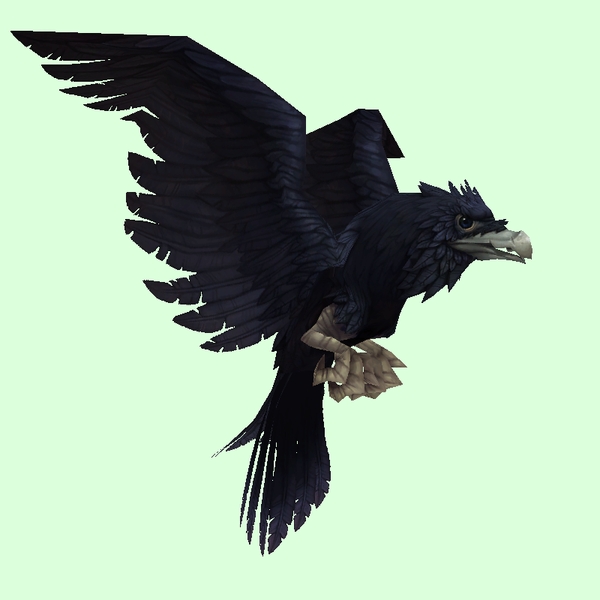
I was swept along by her absorbing narrative and fully fleshed out characters. But as I read on, that turned out not to be the case. I admit that at the outset, I was afraid that the prose style employed by Ann Cleeves (one does so want to say Ann OF Cleeves, though I know “that other one” was spelled “Cleves!”) was not proving congenial. (Interestingly, this same legend figures in The Stranger House, a recent novel of romantic suspense by one of my favorite authors, Reginald Hill.) Incidentally, a fascinating legend surrounds the origins of the detective’s name it involves a ship that was part of the Spanish Armada in 1588 being blown off course.

In the course of it he meets an attractive single mother, Fran Hunter, whose affections may be beyond his grasp. The case at hand is a hard, depressing slog. Divorce has left him alone and childless he copes, but not always well. An immensely sympathetic and decent man, Perez is also dealing with painful personal issues. Heading up the investigation into Catherine’s murder, along with a detachment of officers from Inverness, is Detective Jimmy Perez. Then, as now, suspicion falls on Magnus Tait, an old man who lives alone on Hillhead and who is not quite “right in the head.”

Despite the best efforts of police and local volunteers, she was never found. Catherine Ross, a beautiful teenager, is found murdered the classic cry goes up – “such things don’t happen here!” Ah, but they do: some years previous, eleven-year-old Catriona Bruce had disappeared fom the island. This remote, intriguing land, with its Pictish and Viking history, is the setting for Raven Black by Ann Cleeves. It forms part of the division between the Atlantic Ocean to the west and the North Sea to the east.” Wikipedia defines Shetland as “…an archipelago to the north-east of Orkney and mainland Scotland, and 280 km from Faroe Islands.


 0 kommentar(er)
0 kommentar(er)
